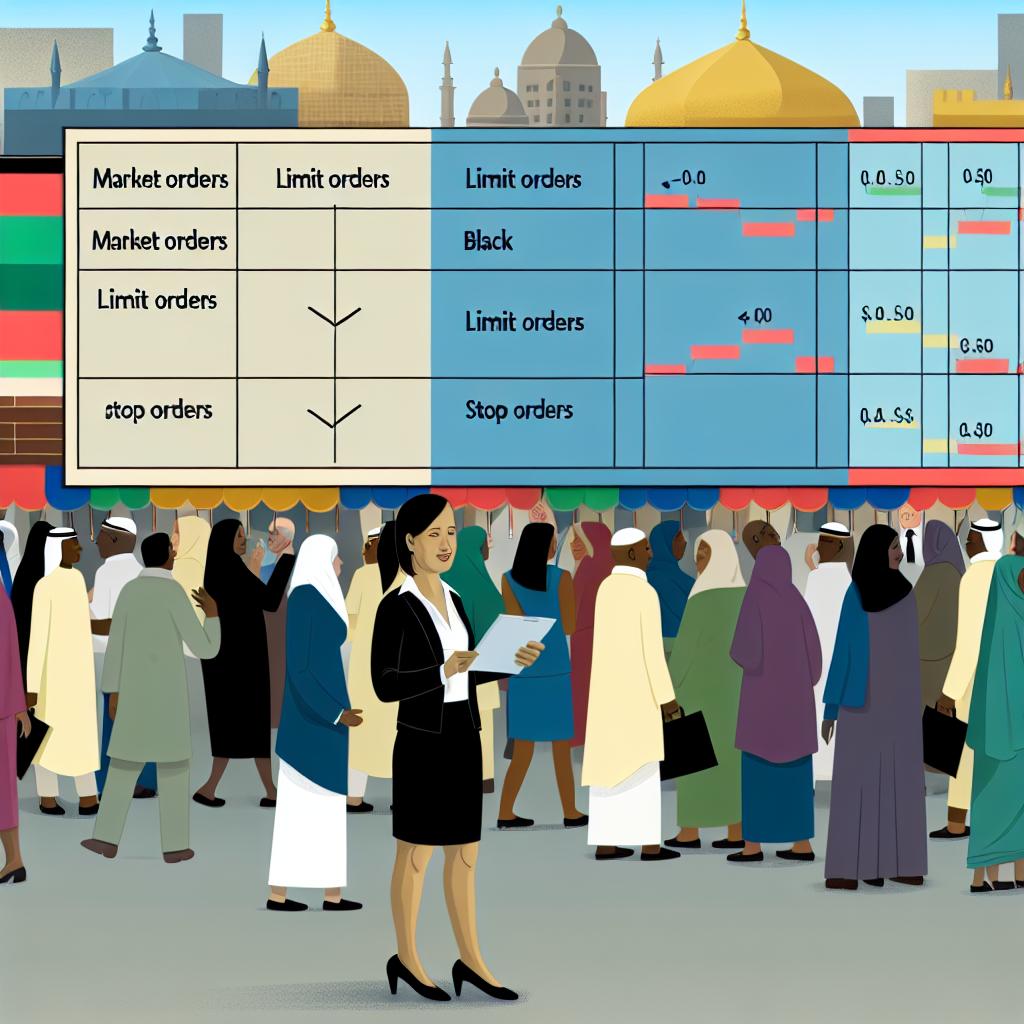Understanding Market Orders
Market orders are among the most fundamental types of transactions in the world of trading. They serve as direct instructions for buying or selling financial instruments such as stocks, commodities, or other securities at the best possible price available in the market when the order is placed. The main characteristic of a market order is its focus on speed and immediacy. By placing a market order, an investor is essentially requesting the broker to execute the transaction at once, thus prioritizing the time of execution over the particular price achieved. This nature of execution can be advantageous in certain scenarios but may also carry particular risks, especially in markets experiencing high volatility.
Some traders value market orders highly for their quick execution capability; their appeal largely lies in the ability to swiftly enter or exit positions. However, it is crucial to understand that market orders do not guarantee a specific price. This is especially true during periods of high market fluctuation, where the difference between the expected price and the executed price can be significant, a scenario often referred to as “slippage.”
Advantages of Market Orders: One of the most notable benefits of using market orders is their execution speed. Typically, as soon as a market order is placed, the trade is fulfilled almost instantly. This feature makes them especially appealing to day traders who seek to capitalize on short-term price movements.
Disadvantages of Market Orders: On the flip side, market orders can lead to surprising pricing outcomes. In instances of low liquidity or rapid market shifts, the actual execution price might deviate quite a bit from the anticipated price, leading to unexpected financial results. This uncertainty, attributed to the pressure of rapid execution in dynamic market environments, is a key consideration for investors utilizing market orders.
Limit Orders Explained
Limit orders represent an approach that contrasts the immediacy associated with market orders by emphasizing price specification. When placing a limit order, a trader delineates the precise price parameters within which they are willing to transact a security. For a buying limit order, the transaction is activated only if the market price falls to or below the designated limit price. Conversely, for a selling limit order, execution will occur at or above the specified price.
Employed widely by traders who prefer more control over the transaction price, limit orders offer a strategic advantage. The deliberate price setting within limit orders reduces the potential for slippage, thus enabling traders to better anticipate the price at which their order will eventualize.
Advantages of Limit Orders: The primary advantage of limit orders is the enhanced control they confer over trade execution. By setting explicit price targets, traders can mitigate the risk of slippage and ensure that transactions occur at more predictable price levels, aligning closer with the trader’s financial analysis and expectations.
Disadvantages of Limit Orders: The flipside, however, is that there is always the threat of non-execution. If the market price fails to reach the trader’s specified level, the order may remain unfilled. Consequently, traders might miss potentially profitable opportunities due to the market not hitting the predetermined price target.
The Role of Stop Orders
Stop orders, or stop-loss orders, constitute a crucial strategy for managing risk within trading portfolios. Designed as a safeguard to help investors manage potential downsides, stop orders activate as market orders once the market price satisfies a specified threshold. Stop-loss orders are commonly used to cap an investor’s losses on a given position.
By employing a stop-loss order, an investor automatically triggers the sale of a security when its market price falls to a preset level, thus preventing further loss. They act as a protective mechanism in volatile markets, enabling traders to enforce discipline and control over their investment strategies.
Stop-Loss Order: Used predominantly to mitigate against excessive financial losses, the stop-loss order commands the automatic sale of a security at the set stop price, acting as a safety net for traders.
Stop-Buy Order: A less frequently used counterpart, the stop-buy order functions inversely by executing the purchase of a security once it reaches or surpasses the stop price. This order type is generally utilized to seize buying opportunities when a security breaks above a known resistance level.
Combining Orders for Strategy
The diversity of market, limit, and stop orders allows for sophisticated trading strategies, rooting on a comprehensive understanding of these order types. Traders often employ combinations of these orders to align trading activities precisely with their investment ambitions, factoring in considerations such as preferred execution speed, price reliability, and risk management.
Choosing an appropriate order type largely depends on the trader’s immediate goals—is the priority to enter or exit a position quickly, to ensure a fixed price level, or to protect against unforeseen losses? An adept trader will weigh these factors, often using a blend of orders to optimize their trading activity in accordance with market conditions.
In the wide landscape of financial trading, numerous platforms and educational resources offer continued guidance. For those eager to delve deeper into order strategies or enhance their trading expertise, engaging with resources provided by seasoned traders may provide valuable insights into advanced order techniques, helping bridge the gap between theoretical understanding and practical application.
This article was last updated on: August 26, 2025


